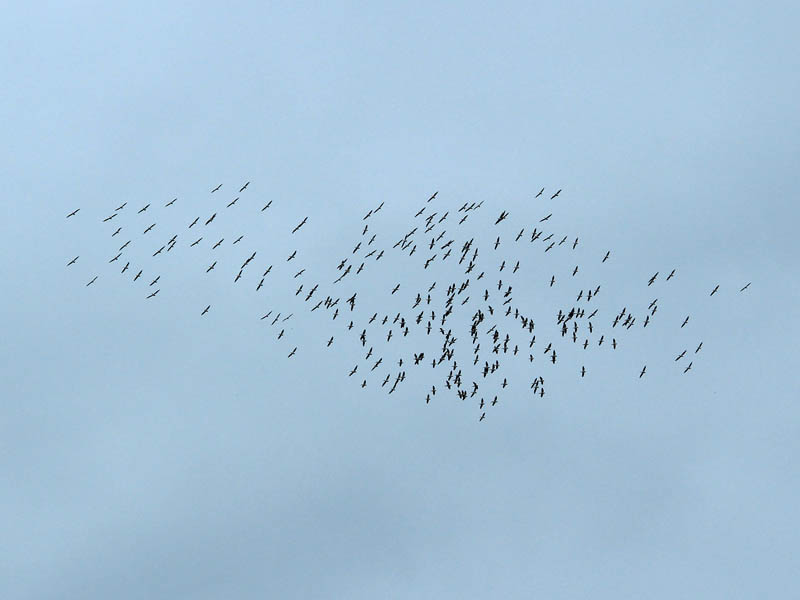hornet driver
Well-Known Member
- Joined
- May 1, 2011
- Messages
- 4,639
- Reaction score
- 9
So I'm sitting on my deck and I happen to see something really--really up there !! I looked closer and saw a flock of something gathering in a thermal---not unlike vultures but way higher and way more. Altitude was 5 to 7 thousand ft and there were 70 to 100 birds. They were not vultures and flew in a much tighter and faster group than vultures but they were about the same size. I got the binocs out and really couldn't tell much more but they immediately broke out of the thermal and headed southwest in a loose but gathering V formation. I thought Sandhill cranes but these birds where dark in color. I live near the water in North Tx. but have not seen anything around river here that looks like this---mostly Herons and such with a few Cormorants---any Idea what these might have been?? They seemed larger than cormorants and about the same size as a crane but at that distance I could be way off !!








